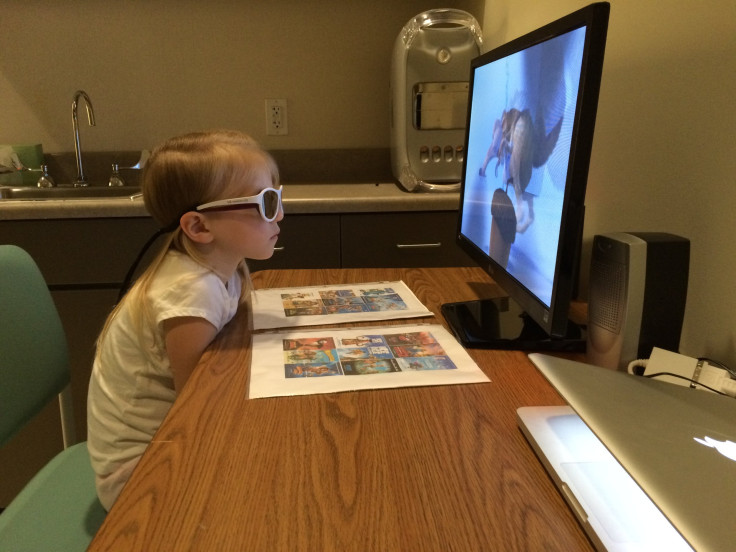What Is Lazy Eye? Binocular Visual Stimulation, Sleep May Solve Common Vision Problem In Children
Lazy eye, a common vision problem in children, could be treated with visual stimuli presented to both eyes, followed by appropriately timed sleep, a new study has found.
Amblyopia or lazy eye is a type of poor vision that usually happens in just one eye, rarely in both eyes, due to abnormal visual development early in life. It is the leading cause of decreased vision among children.
The condition occurs when one eye becomes weaker than the other during childhood, and the brain favors the better eye. This results in the further worsening of the eye over time.
A child may develop the condition from birth up to age seven. It is estimated that three out of 100 children have amblyopia.
What are the signs of a lazy eye?
- Tendency to bump into things on a particular side a lot
- A large difference in nearsightedness or farsightedness between the two eyes
- The child favors one side of the body
- Poor depth perception
- Have crossed eyes
- Have a droopy eyelid
- Frequent squinting of an eye
- Frequently tilting head to one side
What causes lazy eye?
Studies have shown babies born prematurely, have low birth weight, have a family history of amblyopia or other eye conditions and have other developmental disabilities are at a higher risk of having a lazy eye.
1. Refractive errors: When one eye has much better focus than the other, which has poor vision due to refractive errors such as nearsightedness, farsightedness or astigmatism, the brain gets both a blurry image and a clear one. The brain then starts to ignore the blurry image. When this continues for a long period, the blurry eye gets worse over time.
2. Strabismus: This occurs when the eyes point in two different directions; one focused straight while the other turns in, out, up or down. When the eyes are not aligned straight, the child may see a double image. The brain then ignores the image from the eye that is not aligned, which may affect the development of that eye.
3. Cataracts: Some children are born with a cataract, a condition that causes the lens of the eyes to be cloudy. The eye that has a cataract might not develop the way it should.
4. Droopy eyelid (ptosis): A droopy eyelid can block vision and lead to amblyopia.
Treatment
The treatment for amblyopia generally focuses on making the child use the weaker eye. This is often done by putting a patch over the child's stronger eye and in some cases, by using eye drops to blur vision in the stronger eye.
In some patients, wearing eyeglasses is enough to fix amblyopia as it can correct refractive issues like nearsightedness, farsightedness and eye crossing.
Binocular vision and sleep
The latest study, conducted by researchers from the University of Michigan, found that binocular visual stimulation, which involves seeing with both eyes together, resulted in greater brain plasticity. It suggested treatment therapy, which requires both eyes to work together, might help more than patching therapy in treating lazy eyes.
The findings also showed appropriately timed sleep can help neural networks in the brain repair or restructure themselves, which again helps in treatment.
Researchers found that giving visual stimuli to both eyes, rather than the weaker eye alone, helped mice with amblyopia recover their visual function. When the mice were allowed to sleep right after their enriched visual experience, the results were better.
"First, our findings suggest that patching therapy, which has been used routinely for several decades, may be inferior to more recently developed methods aimed at making the eyes work together. Second, it suggests that paying attention to the timing of children's sleep with respect to this therapy, something that is easy to implement, may have an outsized benefit with regard to therapeutic potential," Sara Aton, a lead author of the study, said.




























